The black immigrant who challenged US segregation - nearly 190 years ago
Mariana Schreiber
BBC News Brasil, in Brasília, 24/07/2021
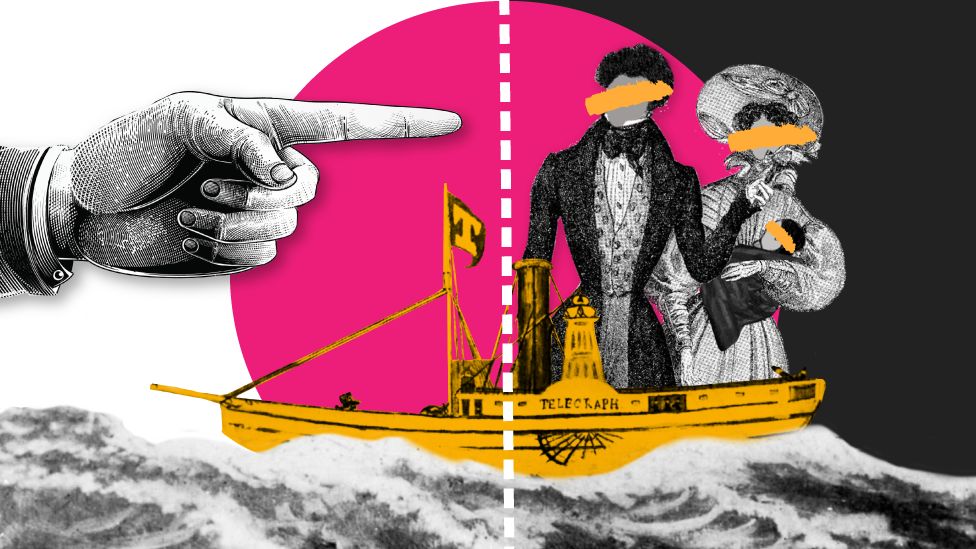
It was a cold, rainy day in November 1832 when Brazilian immigrant Emiliano Mundrucu boarded a steamboat - the Telegraph - with his wife Harriet and their one-year-old daughter Emiliana.
They were taking a business trip from the Massachusetts coast to Nantucket Island, in the northeast of the United States.
During the crossing, Harriett, who wasn't feeling well, tried to seek shelter with her daughter in an area of the ship exclusively for women, but their path was blocked. The reason? They were black, and only white women were allowed in the ladies' cabin, comfortable accommodation with private berths.
At that time, slavery was no longer allowed in northern states (it persisted until the Civil War in the US south), but segregationist practices separating whites from "coloured" people were growing.
However, the Mundrucu family did not accept their exclusion and the episode led to a pioneering lawsuit against racial segregation in the United States - proceedings that were big news at the time, but were later forgotten and have only recently been rediscovered by historians.
The case went to court after Harriett insisted on entering the ladies' cabin with her child, while the captain of the boat, Edward Barker, argued with Mundrucu - a Brazilian revolutionary who fled to Boston after being sentenced to death for his role in an attempt to create a republic in northeastern Brazil in 1824.
"Your wife a'n't a lady. She is a n---er," Barker told Mundrucu.
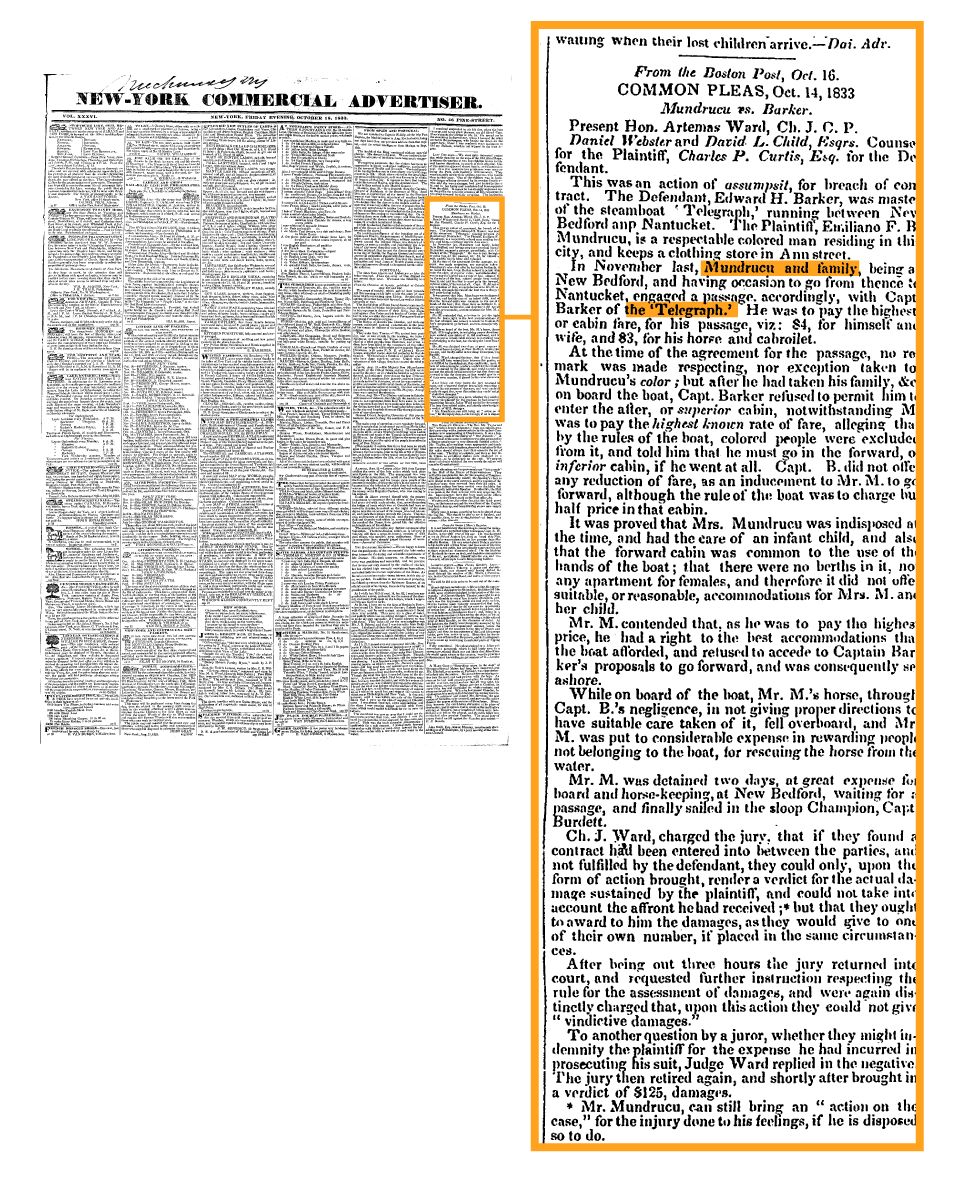
The impasse was momentarily interrupted because a storm forced the boat to return to the coast. The next day, however, the couple once again tried to ensure Harriett and Emiliana travelled safely, instead of using the inferior cabin, where there were no berths and men and women had to sleep on mattresses on the wet floor.
Mundrucu argued that he had paid the most expensive fare for the trip, but the captain ordered the family to get off the vessel. The Brazilian declared that he would sue, promising to "go and get a writ out immediately".
This was the start of the lawsuit filed by Emiliano Mundrucu against Captain Edward Barker for breach of contract, in a case that received coverage on the front page of newspapers across the US, and which even made waves in Europe.
The little-known story is detailed in an article published in December by South African historian Lloyd Belton in the academic journal Slavery & Abolition.
Belton studied Mundrucu's life for his master's degree at Columbia University in New York and is currently continuing his research studying for a PhD at the University of Leeds.
He says this lawsuit is the oldest known legal action against racial segregation in the United States. Before the discovery of this case, historians thought similar lawsuits had only begun a decade later.
"It is incredible that a black Brazilian immigrant was the first person in US history to challenge segregation in a courtroom."
"And it is even more incredible that no-one knows who he is. In the 1830s in Boston, people knew who he was. In Brazil, in the 1830s, people knew who he was," Belton told BBC News Brasil.
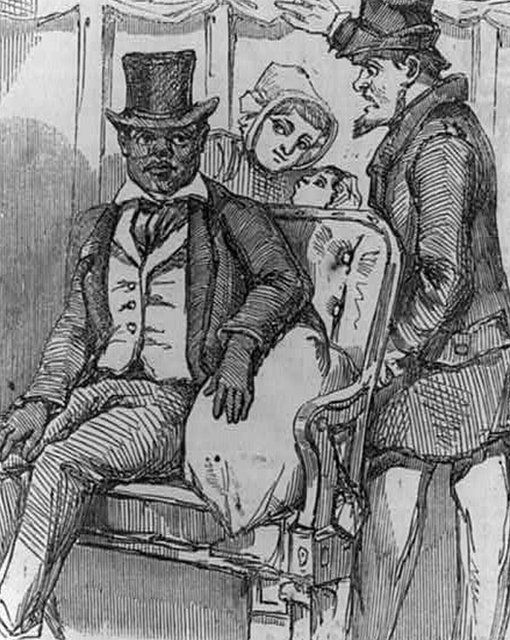
Also a researcher of the life of Emiliano Mundrucu, American historian Caitlin Fitz, a professor at Northwestern University, says that it was not just the Mundrucu lawsuit which was pioneering, so were the couple's actions on the boat.
The well-known episode in which ex-slave Frederick Douglass, one of the most important black activists in American history, entered a whites-only wagon on a train in Massachusetts (he was forcibly removed) occurred in 1841, almost a decade later.
"It's not just the first known lawsuit against segregated transportation, it's also just a really bold radical step to put your body on the line, on board a ship," she points out.
A well-connected revolutionary in Boston
But how did a Brazilian and his African-American wife become pioneers in the struggle against segregation in the US?
For the historians, the answer can be found in Mundrucu's unusual life story - he was a soldier and revolutionary who had spent time in Haiti and Gran Colombia (modern-day Venezuela) before settling in Boston, where he forged important links with abolitionist leaders.
For Belton, the fact that Mundrucu came from a country where he had more rights than free African Americans in the US, such as the right to vote or join the army, fuelled his indignation against the segregation that his family suffered.
In addition, his past as an international revolutionary was important in opening the doors in Boston to a network of important contacts, such as the abolitionist community and Freemasons.
Prominent lawyers represented him against Barker: renowned abolitionist David Lee Child and Massachusetts Senator Daniel Webster.
According to Prof Fitz, Mundrucu's case proved useful to anti-segregation activists because it reinforced their argument that racial oppression in the US was worse than anywhere else, although this statement was "very debatable", she finds. Brazil was the last country in the Americas to abolish slavery, in 1888.
Prof Fitz believes Mundrucu's connections in Boston and the way the clash unfolded on board the Telegraph indicate that the action may have been premeditated.
"We sometimes assume that these acts of resistance were spontaneous, that Emiliano and Harriet just got angry. Maybe they were angry, but they were also strategic political thinkers who were thinking very carefully about the best way to bring about change," she says.
Emiliano was the one who filed the lawsuit against the captain, but Prof Fitz highlights Harriet's role in the story.
"We don't know much about Harriet. She was an educated coloured woman born in Boston. We can infer that she was quite adventurous, because she married a Brazilian Catholic revolutionary who was still learning English. She was also incredibly brave and committed to fighting for racial equality, since she tried repeatedly to enter the ladies' cabin, putting her body on the line," she notes.
The impact of the lawsuit
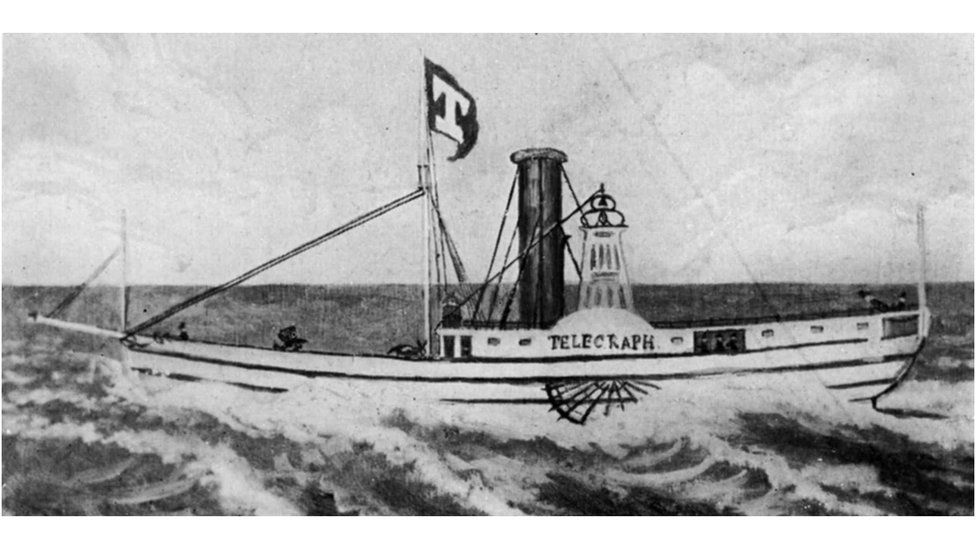
The central argument of the case was "breach of contract", since Mundrucu had bought the most expensive ticket, but the Brazilian's lawyers "also wanted to expose the inhumanity of segregationist practices," writes Belton.
"No lady on God's earth, no educated white person, would have been subject to such treatment. The Mundrucus' colour was their only distinction," said Webster, according to the lawsuit records.
Barker's lawyers countered by saying that segregation on steamboats was common practice on the North American coast, an argument reinforced with testimony from captains from New York and Rhode Island.
The jury found Barker guilty of breach of contract and awarded Mundrucu $125 in damages in October 1833. But the captain managed to overturn the decision in January 1834 in the Massachusetts Supreme Judicial Court, which found there was no evidence that Barker had explicitly agreed that the family would travel in the best cabins.
After that, Belton notes, the Telegraph wrote racial segregation into its ticket policy, so that black people could only buy the cheapest tickets, to travel in the common cabin, while white people could only buy the most expensive ones. But this did not end the protests.
"One of the other broader impacts was that Mundrucu's defiance in 1833 directly inspired other black activists. There was another very famous African-American activist, David Ruggles, who did the exact same thing as Mundrucu on the same boat a few years later, in 1841," he notes.
According to Prof Fitz, the case led to a fundamental shift for campaigners.
"The lawsuit ends up being an important moment in the development of activists' legal tactics. It broadens their horizons and sort of opens the way for these more expansive legal arguments that attack the very legal basis of segregation itself," she says.

Mundrucu gave up on taking the case to the US Supreme Court when he was pardoned by the Brazilian government for his participation in the failed uprising and he was able to resume his military career in Brazil in 1835.
In 1841, however, he returned to Boston, when he was prevented from taking up a military command post in the northeastern city of Recife, which Mundrucu also attributed to racial prejudice in a newspaper article in 1837.
Mundrucu had many influential opponents in this area because he had allegedly led a failed attack on the white population of Recife in 1824, inspired by the Haitian Revolution - the rebellion of slaves and free blacks that made Haiti independent from France in 1791.
A leader in Boston's cosmopolitan abolitionist community
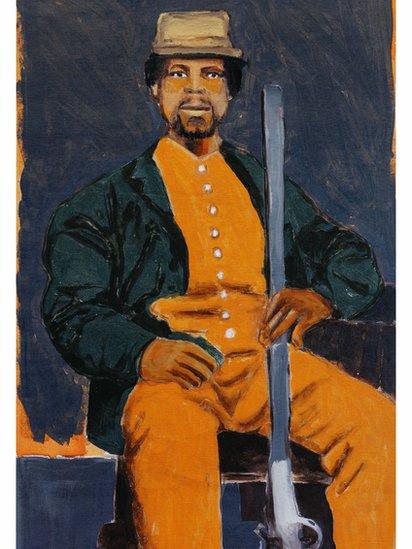
In the final two decades of his life in Boston, the Brazilian continued campaigning against slavery and for civil rights.
Mundrucu died in 1863 after President Abraham Lincoln had signed the Emancipation Act, which freed slaves from the southern US states.
According to Belton, Mundrucu celebrated this announcement alongside Frederick Douglass, at a meeting of the Union Progressive Association, a predominantly black abolitionist group of which Mundrucu was vice-president.
"By 1863, Mundrucu and his wife were well-respected by their fellow Bostonians, black and white. Both were honoured in their respective obituaries, in which they were remembered as generous, public-spirited and unusually well-travelled," the historian writes.
"Mundrucu's story shows us just how connected the Americas were at that time. Brazil was connected to Venezuela, Venezuela to Haiti, Haiti to the USA. These black activists were very mobile. They could travel, they could speak various languages," he notes.
"And he was not the only one. There were other black immigrants from South America, the Caribbean, who were in Boston, New York, or Philadelphia, and they were involved in these activist communities which were very cosmopolitan."
- Published
- 13 May 2019
- Published
- 19 February 2018

